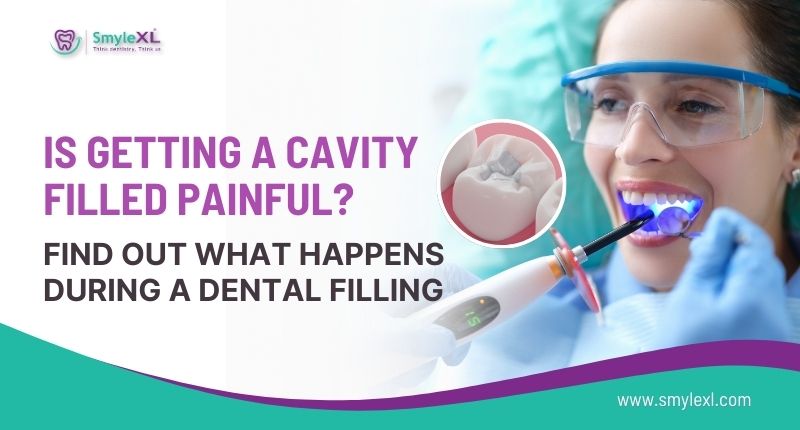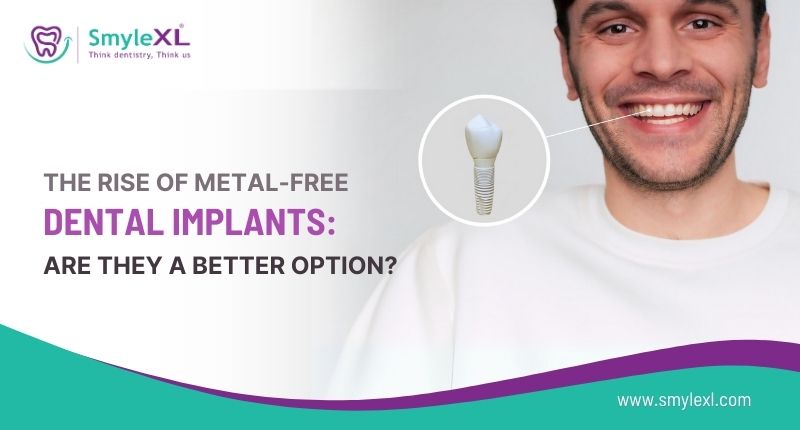You’ve been avoiding the dentist for months, but now your tooth is acting up, and there’s no escaping it. You’ve heard the dreaded words – “You need a filling.” The first thought that pops into your mind? “Is getting a cavity filled painful?” Let’s break it down so you know exactly what to expect.
Does a Dental Filling Hurt? The Truth
Let’s be honest—no one enjoys sitting in the dentist’s chair, but getting a cavity filling isn’t as scary as it sounds. Thanks to modern dentistry and advanced numbing techniques, the procedure is usually painless. If you’re someone who gets nervous at the thought of dental tools, rest assured that most people only feel slight pressure, not pain.
Dr. Bill Dorfman, a renowned cosmetic dentist, once said, “Dentistry is not expensive, neglect is.” Ignoring a cavity can lead to bigger (and more painful) problems like root canals. A simple dental filling treatment can save you from future dental nightmares!
Step-by-Step: What Happens During a Cavity Filling?
Knowing what to expect can make the experience much less stressful. Here’s how the process typically goes:
1. Numbing the Area
Before anything begins, your dentist will apply a numbing gel to your gums, followed by a local anesthetic injection. This ensures you don’t feel pain during the procedure. If needles make you anxious, don’t worry—the gel itself helps dull the pinch.
2. Removing the Decay
Once you’re numb, the dentist will use a small drill or laser to remove the decayed portion of the tooth. You may hear some buzzing sounds, but you won’t feel pain—just a little vibration. If anything feels uncomfortable, raising your hand is an easy way to let the dentist know.
3. Filling the Cavity
Once the decay is removed, the space is cleaned and filled with a material like composite resin or amalgam. This restores the tooth’s structure and prevents bacteria from sneaking in again.
4. Shaping and Polishing
Finally, the dentist will smooth out the filling and check your bite to make sure everything feels normal. And just like that, you’re done!
How to Minimize Discomfort After a Filling
While the actual procedure isn’t painful, you might feel mild sensitivity once the numbness wears off. Here’s how to manage it:
- Avoid very hot or cold foods – Your teeth might be a little sensitive for a day or two.
- Skip hard and sticky foods – Give your filling some time to settle.
- Take a mild pain reliever if needed – Usually, your dentist will prescribe a pain reliever in such cases.
- Don’t chew on the numb side – You don’t want to accidentally bite your cheek!
When to See Your Dentist Again
If your filling, causes pain while chewing, or your tooth remains sensitive for more than a week, visit your dentist for an adjustment. Fillings should feel natural, and any discomfort beyond the initial recovery period isn’t normal.
The Takeaway
Getting a dental filling treatment is far less painful than letting a cavity grow into something serious. With the right care, the procedure is quick, painless, and saves your tooth from bigger problems down the road. The next time you hear you need a cavity filling, just remember—it’s not as bad as you think, and your future self will thank you for it!
So, book your appointment with our expert at SmyleXL Dental Clinic for dental filling treatment and keep your teeth in top shape. After all, isn’t curing tooth pain the goal in the first place?










